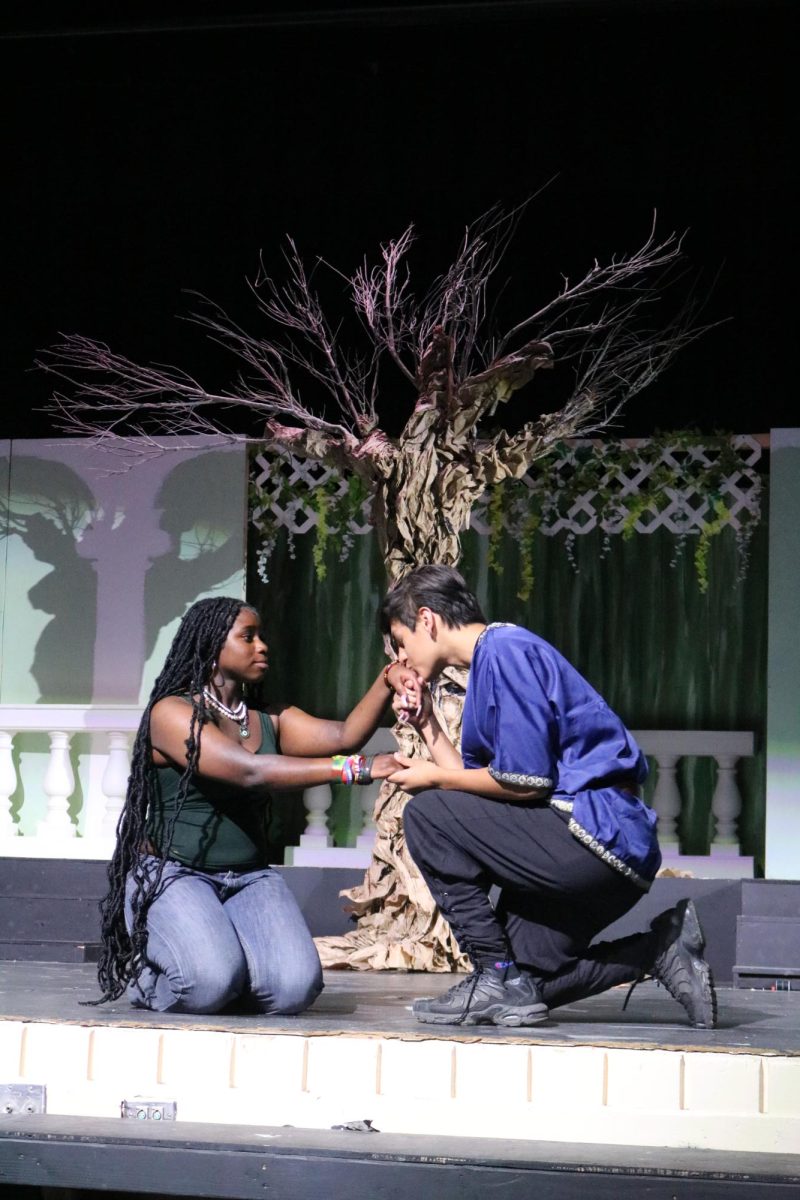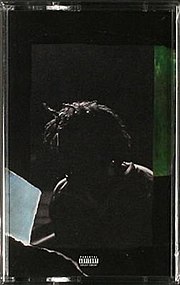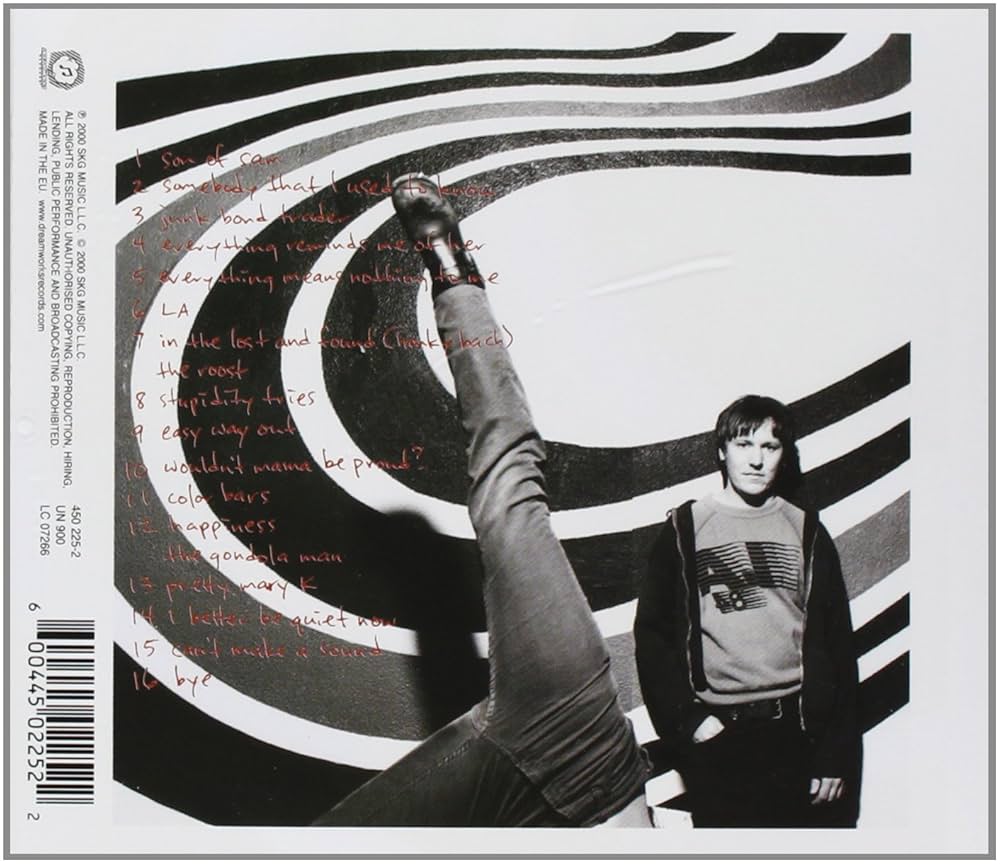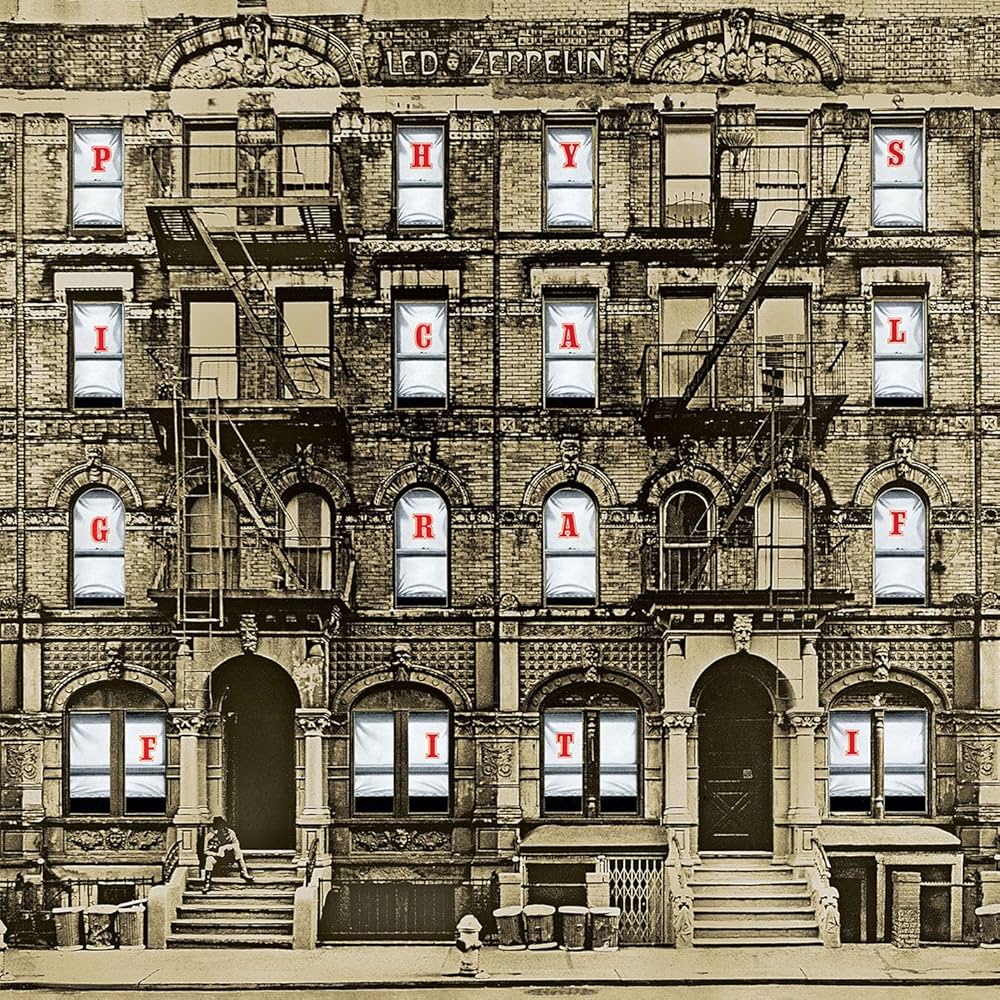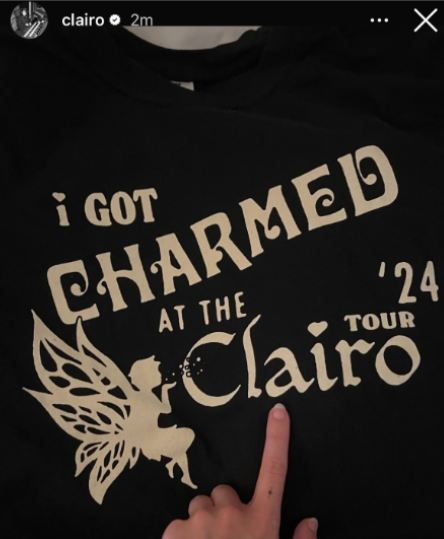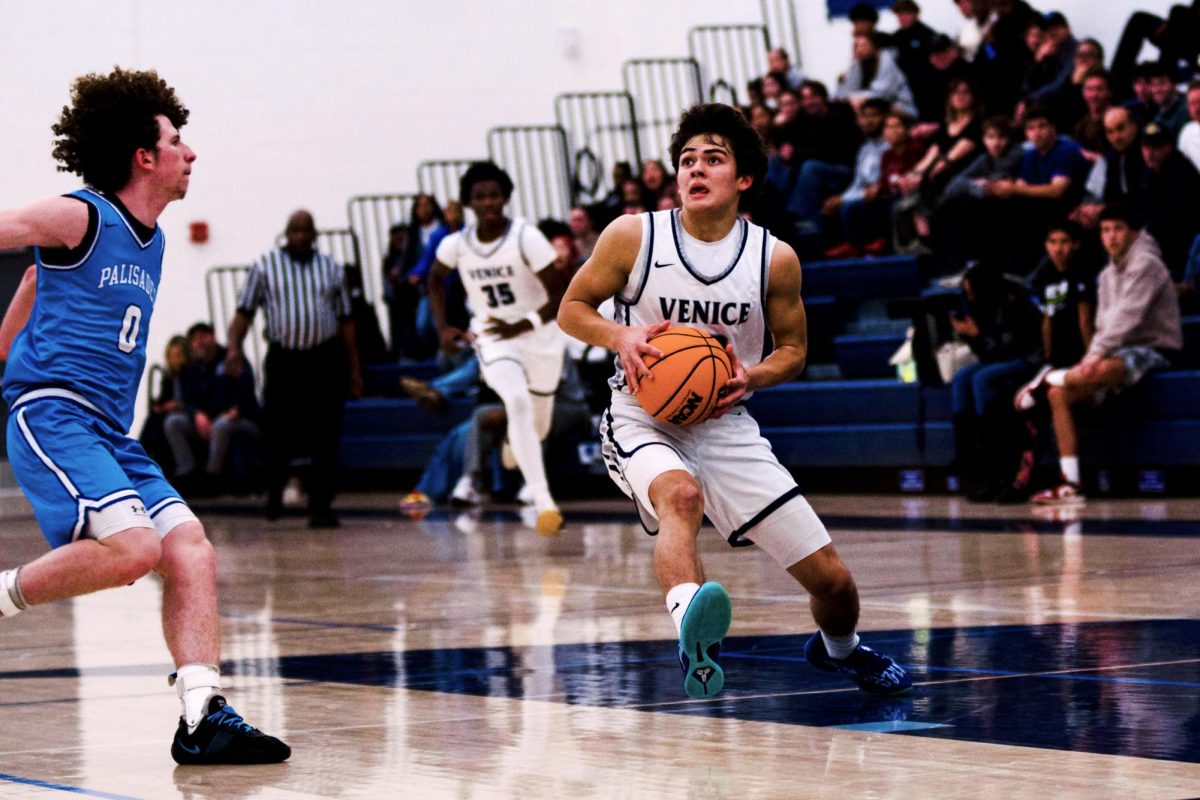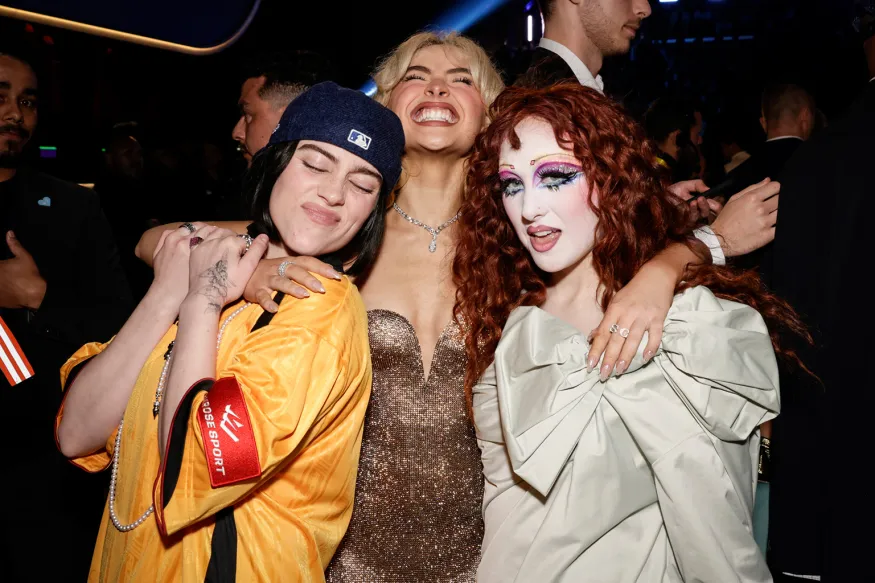A Midsummer Night’s Dream, the Theatre Department’s first performance in the reopened auditorium, was a hilarious, whimsical, and captivating experience.
With vibrant comedic actors, an impressively designed set, and dazzling period costumes, the program ran from November 31 to December 2. Being a double-casted show with multiple people playing the same roles, there were several performances, and I saw the performance on closing night, December 2.
In a story with many silly twists and complicated romances, A Midsummer Night’s Dream is a comedy that follows the Duke of Athens’ daughter, Hermia, as she tries to be with her true love, Lysander. Annoyingly, her father wants her to be with a man named Demetrius. Hermia and Lysander run away into the forest. Meanwhile, Hermia’s best friend Helena, who is deeply in love with Demetrius, tags along.
As someone who was unfamiliar with the story, I thought that the actors’ portrayals were consistently engaging and they executed the archaic dialogue clearly. The messy couples and extra players had entertaining problems.
Actress Elize Waters, who portrayed Hermia, and actress Allison Cunningham, who played Helena, both put on emotional and sentimental performances, yet kept the comical tone within their roles. Their monologues and soliloquies were filled with passion and intensity. I really sympathized and felt for the characters’ dilemmas through their dramatic portrayals.
However, they also had playful scenes where they’d be crawling on the floor or clinging onto another character’s leg.
At one point, Cunningham’s character disses Waters’ height and Waters angrily chases her around the stage. Their vulnerable acting mixed with animated performances fit the complex story perfectly.
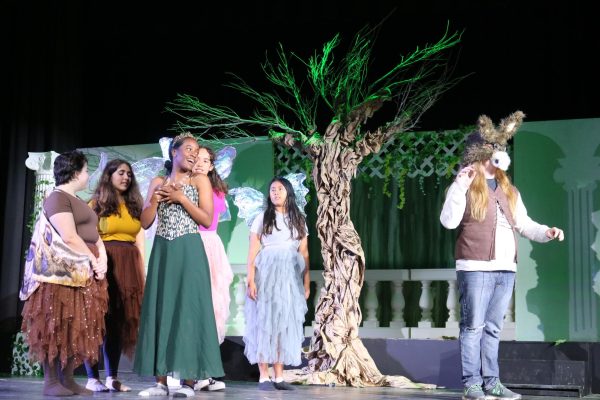
Funny characters kept emerging, such as actor Willow Coder who portrayed Bottom the Weaver, an over-confident weaver who gets transformed into a donkey. Coder gave a compelling performance, making me laugh whenever they were on stage. At one point of the play, their character is transformed into a donkey, and I loved that they included Coder’s glasses onto their donkey mask. Overall, the ensemble was extremely talented and their acting styles were creative and wondrous, contributing to the fanciful atmosphere.
The new stage crew class put together an artistic and decorative background that was beautifully designed and crafted, looking professionally made. The set was elaborate, with ancient pillars and columns draped in vines, a green floral chair for Queen Titania, and a large paper tree in the center. Lighting was also used to represent different moods of the characters—green showing love and hope and red representing fear and anger.
I loved the cast’s different costumes, especially that of the Duke of Athens, which was a deep red cape over warrior’s garb. Different costumes matched the characters’ personalities, providing another mystical element to the play. In the play, fairies play an important role, solving and preventing conflicts of their human counterparts. I liked how the fairies were charming, as they were adorned with flower crowns and sparkly wings, and the fact that one was named Mustardseed.
A Midsummer Night’s Dream was a magically memorable– amusing and eccentric, yet also heartfelt and dramatic. I was impressed by the amount of talent that each actor possessed and by the creative stage crew.
For sure, that donkey head will be remembered by many.

